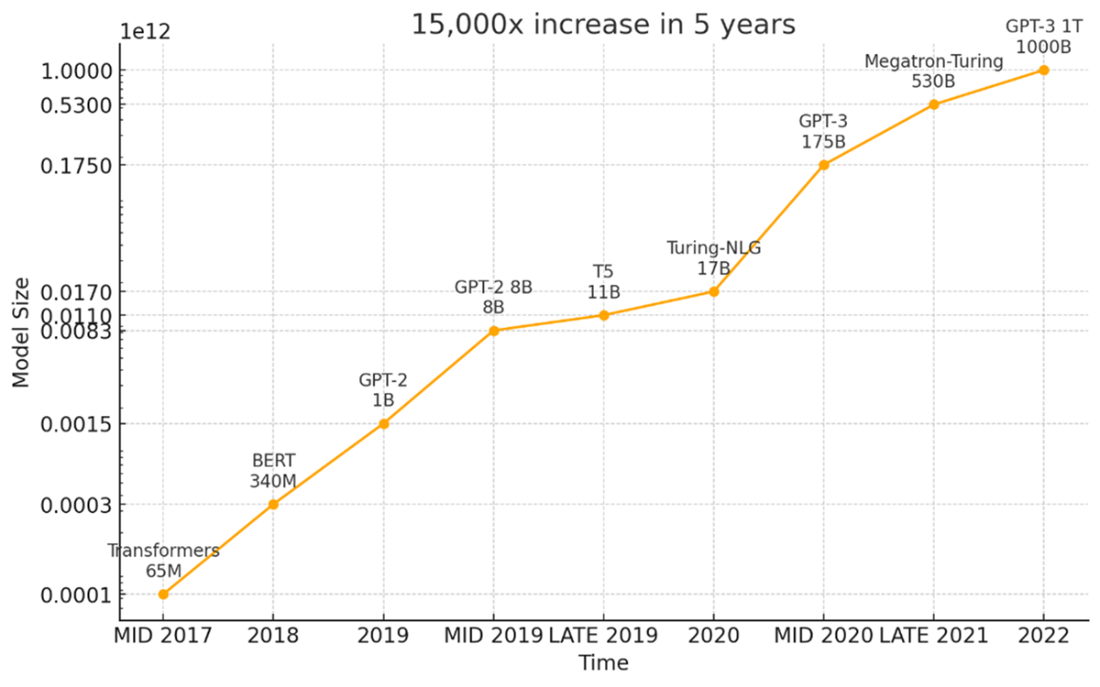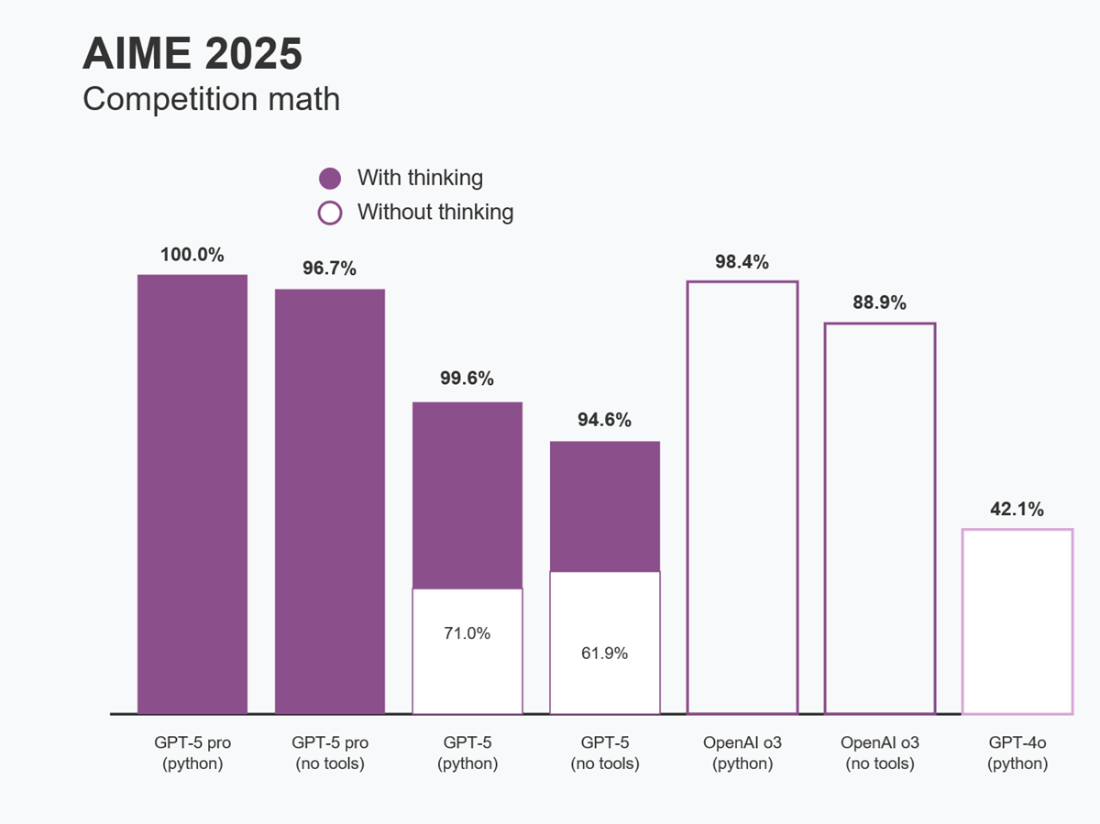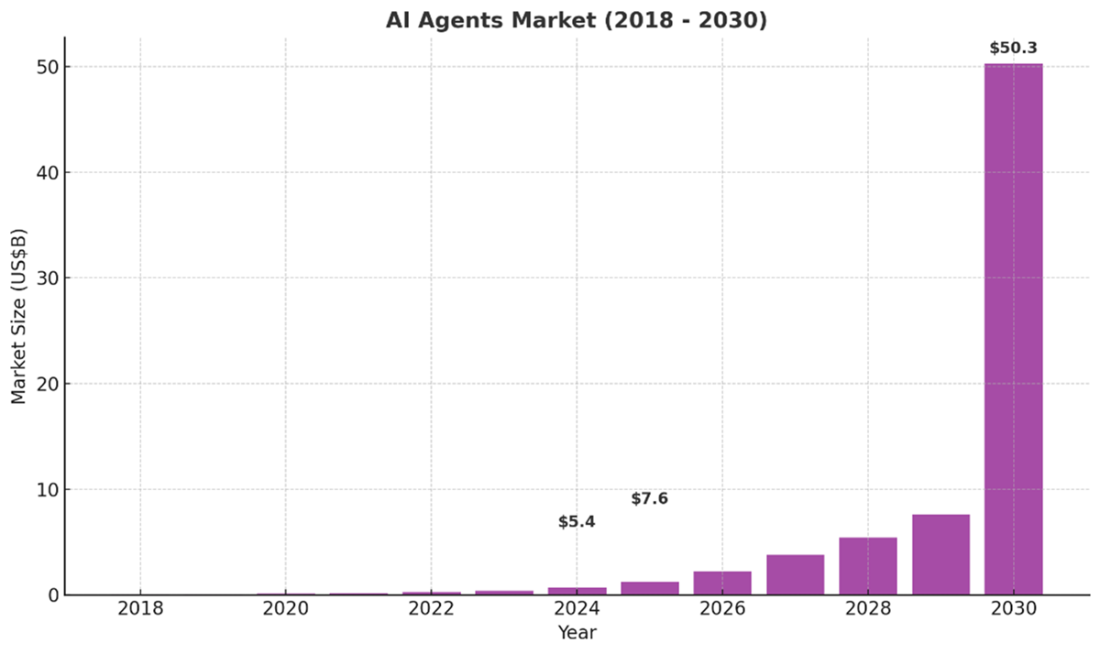1 Deploying Large Language Models Reliably in the Real World
Large language models have advanced rapidly since the advent of the Transformer, scaling to deliver human-like capabilities in generation, understanding, and reasoning. Yet the chapter emphasizes that flashy demos rarely survive the jump to production: most pilots fail to deliver ROI due to hallucinations, brittle tool use, weak evaluation, and operational gaps. Framing reliability as the decisive differentiator, it introduces a practical, engineering-first approach to building systems that remain accurate, efficient, and ethical long after launch—equipping practitioners to convert lab promise into durable, real-world value.
Across sectors, LLMs are already reshaping work. In law, automated document analysis compresses once‑massive review workloads, but fabricated citations demand rigorous human validation. In customer support, multilingual assistants resolve issues faster and at lower cost, yet require guardrails to prevent incorrect policy guidance. In software development, coding copilots accelerate delivery but can introduce bugs or vulnerabilities, underscoring the need for review. Enterprise applications extend further into agentic AI—models that take actions, use tools, and orchestrate workflows—unlocking productivity gains while raising the stakes for reliability and safety.
The chapter distills four make-or-break challenges and their remedies: hallucination, bias, performance/efficiency, and agentic reliability. It prescribes layered controls such as retrieval-augmented generation, semantic search, chain-of-thought prompting, confidence scoring, and source attribution to curb fabricated answers; proactive bias detection with adversarial tests, fairness metrics, audits, and curated data; and efficiency techniques—distillation, quantization, intelligent caching, hybrid routing—backed by comprehensive technical and quality monitoring. For agents that can act, least‑privilege permissions, approval workflows, and safety interlocks are essential. With LLMs entering regulated, high‑stakes domains, reliability now determines ROI, compliance, and public trust; the book outlines end-to-end workflows—spanning optimization, load balancing, RAG, and robust agents—to deploy responsibly at scale.
Showing the exponential size increase in language models. Most of the newest models such as the newer GPT & Claude models do not reveal their parameter size but they are estimated to be over a trillion parameters.

Performance comparison of GPT models on AIME 2025 competition mathematics problems [10]

Global AI agents market growth forecast by region, 2018–2030, showing rapid acceleration to $50.3B by 2030

Summary
- LLMs have immense potential to transform industries. Their applications span content creation, customer service, healthcare, and more.
- Core challenges like hallucinations, bias, efficiency and performance must be addressed to successfully use LLMs in production.
- Agentic AI systems that take real-world actions introduce new categories of risk requiring sophisticated reliability engineering.
- Mitigating bias is crucial to prevent perpetuating harmful assumptions and ensure fair, equitable treatment.
- Improving efficiency is vital to making large models economically and environmentally viable at scale.
- Curbing hallucination risks is key to keep outputs honest and grounded in facts.
- Performance optimization ensures LLMs meet speed responsiveness demands, and quality of real-world applications.
- Multi-agent systems require coordination protocols, error handling, and monitoring to prevent cascading failures.
- This book covers promising solutions to these challenges that will enable safely harnessing LLMs to create groundbreaking innovations across healthcare, science, education, entertainment, and more while building vital public trust.
 Building Reliable AI Systems ebook for free
Building Reliable AI Systems ebook for free